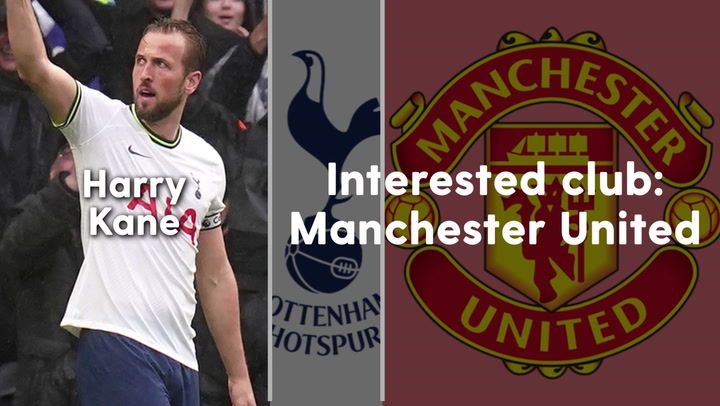


Therefore, we believe the Bridge is a one way street. There is no mechanism in place to circle back the changes made in the Bridge back to the “old” on premise system. Meaning an advanced DSO can be created in the BW Bridge via Eclipse. Even though SAP is not fully clear on that, we do know that the BW bridge has modelling capabilities itself. Something SAP Analytics Cloud was lacking up to now. The Bridge will extend BW with more end user (LOB) functionality and will be therefore be useful for self service data modelling and reporting. The second is self service modelling and dashboarding. Not all BW functionality is available in DWC, so the Bridge will be required for a long period of time. Gradually shifting BW functionality into DWC will be a long customer journey. The prime use case is to enable a public SaaS Cloud only strategy and gradually grow into that from a BW on premise situation. In addition, in BW4, development in an agile/DevOps way, is very easy. It runs great under HANA and has the ability to connect to numerous source systems. The product has almost 25 years of SAP developments under its belt.

A recent BW 7.5 (on HANA) or BW/4 system is very feature rich.
#ONS BRIDGE 2021 FULL#
Last but not least we see that the Bridge supports AMDP and ABAP transformations, as it is a full blown BW system with all the bells and whistles. BW models will be created as remote tables in DWC and can from there one be further used in DWC modelling. The picture above also tells us that Queries will not be supported in the Bridge, they cannot be used as reporting objects but need to be transferred to DWC together with the models in order to use further in dashboards and AFO. We at Interdobs have done many conversions and are able to give full support to make the transition into new BW/4 objects as smooth as possible. This in itself can be a challenge when underlying BW systems still make have use of legacy objects. That also means that in order to use the BW Bridge, clients will have to migrate into BW/4 Objects. That means that older BW systems with legacy BW objects (like cubes and DSOs) will not be supported. The picture above shows us a couple of important things, the Bridge is only available from BW7.3 onwards. Meaning that you will have a full BW system in the cloud to model complex scenarios. In short, a full blown (!) BW/4HANA system without the reporting (analytical) capabilities. What is the BW Bridge when we look under it’s hood? BW is not death, nor will it be in my career and yours, the reader. Those are the timelines that we get from the roadmap. We were just getting used to the Euro and the millennium bug. 20 years ago, I started my BW career in BW 3.0 and extracted a SAP R/3 4.5 system. BW/4HANA, SAP’s most recent flagship, is supported until at least 2040.

We can imagine that this announcement brings many questions and therefore we have put the most important ones into this FAQ. The other use case, customers who will make use of the SAP RISE offering and want to extend their Cloud hosted BW system with DWC functionality.
#ONS BRIDGE 2021 SOFTWARE#
Its main goal is therefore twofold: to make a future transition into the Cloud more easily for those customers who do not want their software to live on premise anymore. By design, it creates a bridge between on prem SAP BW systems and DWC. The BW bridge is brand new and will be available for customers in 2022. Today SAP has formally announced new Data Warehouse Cloud (DWC) functionality which should make the customer journey from on premise into the cloud easier.


 0 kommentar(er)
0 kommentar(er)
